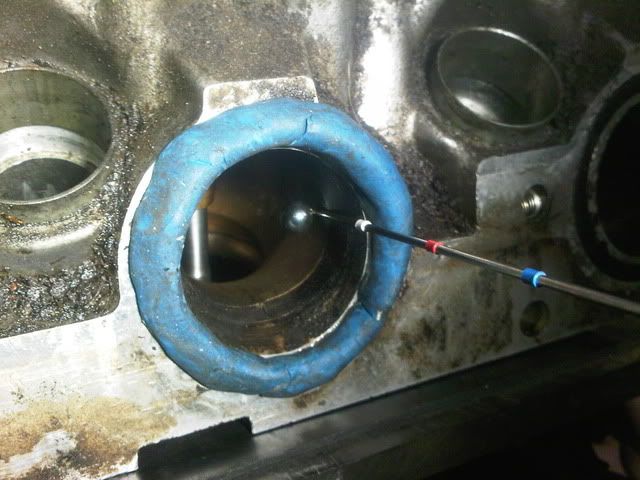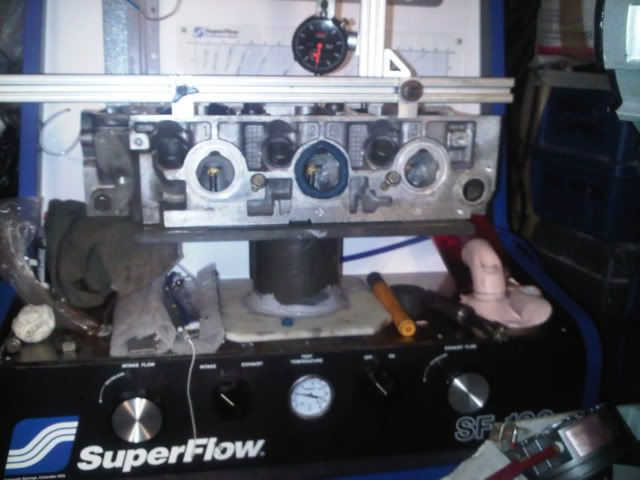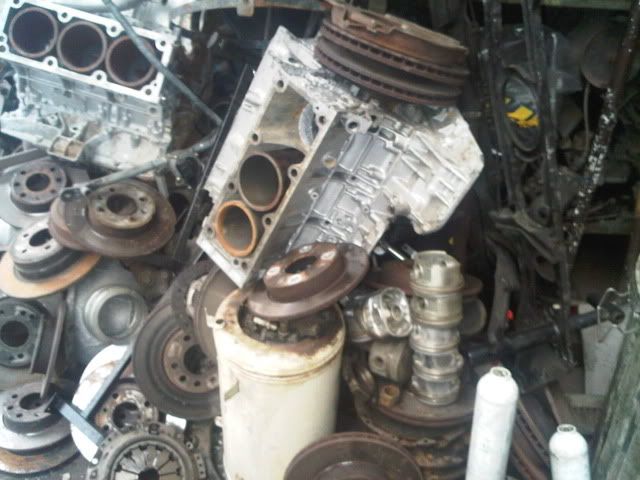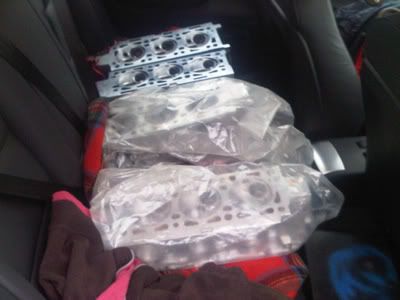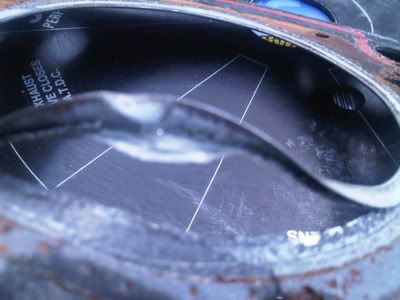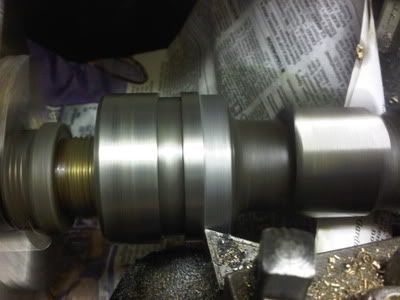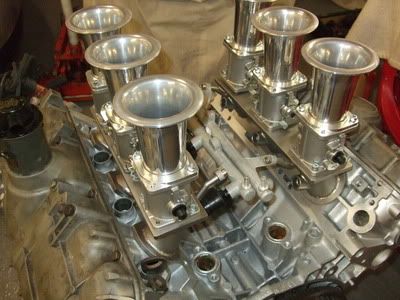So the motor for my w/shop buddies blue GTA (F50) has started coming together. The car is over in this thread:
http://www.renaultalpineownersclub.com/ ... php?t=4899
As time has gone on, I have been revising my original decisions and so the process just keeps rolling as other things (project engines) come in-between. But the final configuration and hardware has been fixed as I have beg-borrowed- and stolen for other projects, and vice-versa. So I believe I now have a turbo of sufficient size for it, and hence cam choices came back up again, reversion issues, porting, lift, valve spring rates to match the rpm range etc… much fun, but cams are now in grind, springs selected and the heads machined to take them, and presently doing some final flow checks.. So hopefully, and committing myself here may get something moving in the near future on this one.
Here’s some pics of the 2.5ltr bottom end assembly with some mods in ring selection, wrist pin to reduce reciprocating mass, lower comp OE pistons, bearing cap checks before align-hone etc.. fun fun..

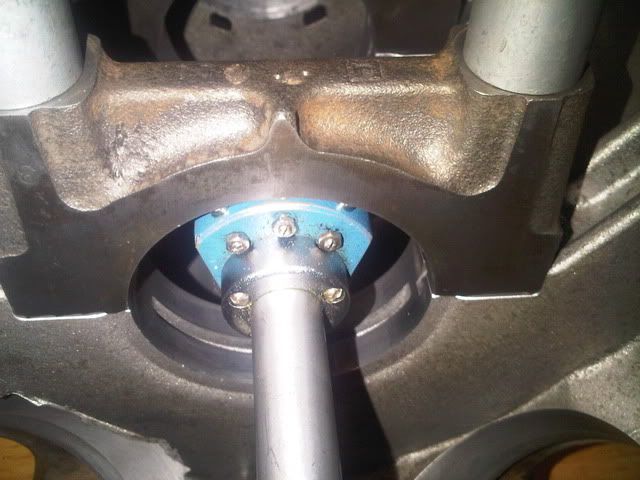
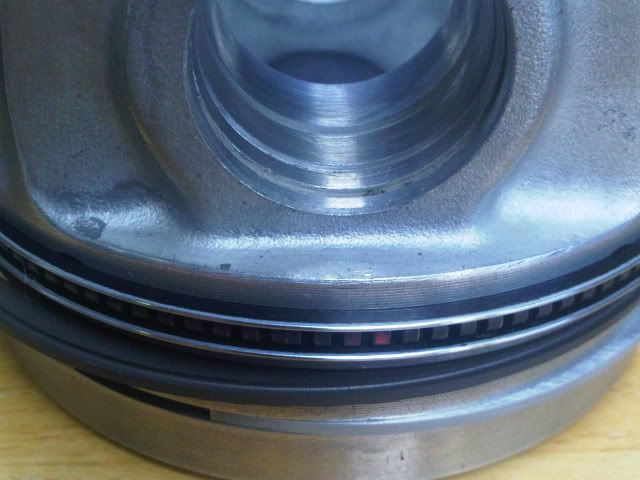
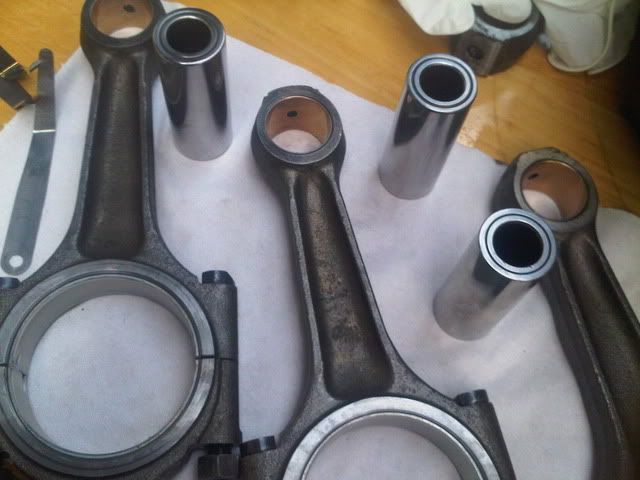
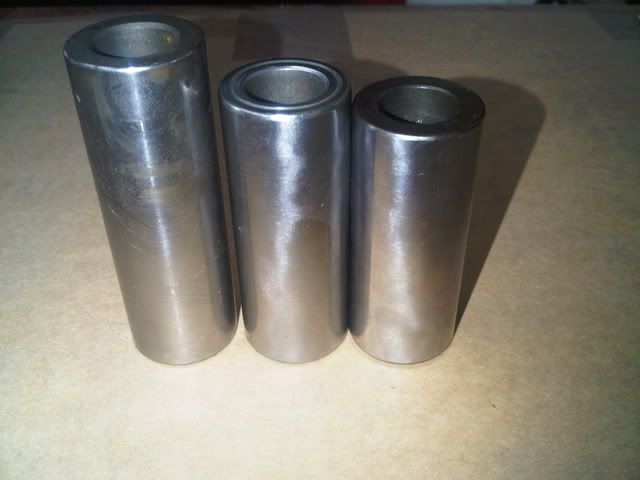

Some head mods for a different valve spring setup, and new lift cams bringing everything much closer together…
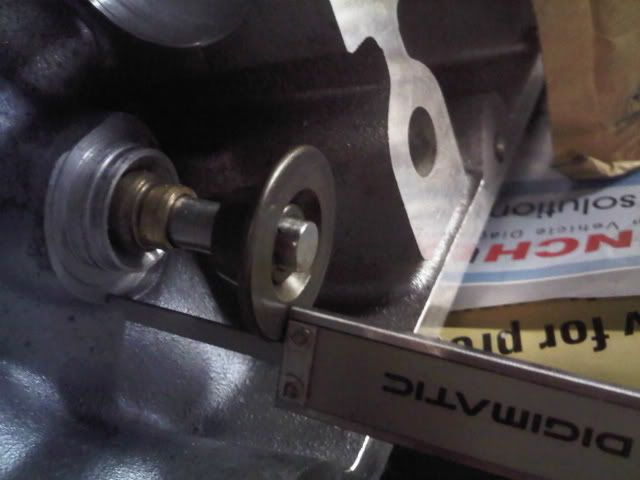

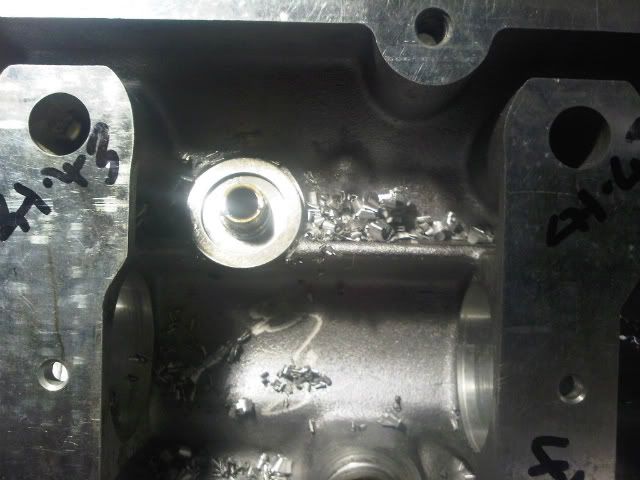
I got asked about 2.5ltr turbo cam profiles the other day, and having just done a new atmo profile for a 3ltr, thought I would go back and look at it again. But for those of you looking for an upgrade on the standard head, then don’t go too exotic as the flow figures below (taken at 10”) will show you that the OE hardware won’t support a substantial hike in volumetric efficiency, and hence power limited… Lee, RATS does a nice upgrade package cam and followers, and this would be as far as I would go. Will’s car achieved 275hp (2.5ltr OE engine, cam and follower upgrade, T3 hybrid, Renix remap), and had a bit more in the pot because it was starting to lean out (injector size limited, so cut run), but I think probably 285hp would have been a realistic top end if the fuelling had been closer to optimal. To go further it would need improved breathing…
Can read up on that one here for those that have not seen it:
http://www.renaultalpineownersclub.com/ ... 2&start=15
http://www.renaultalpineownersclub.com/ ... php?t=4840
http://www.renaultalpineownersclub.com/ ... php?t=5493
The interesting thing is the PSA / Douvrin engineers did do their home work on this design, and must have had quite strict guide lines as to the target performance (cost / performance I guess) from the project team. The GTA turbo and GTA atmo (n/a) share the same head, only difference being revised valves and different cam. The atmo has the same arrangement as the R30. The 44mm inlet valve has a throat of 37.45mm or exactly 0.85% of the valve diameter (note well), and well coordinated to work with the 30 deg seat. Why did they do this, well modest performance requirements and low lift cams.. I guess the modest performance, only necessitated the low lift cam arrangement giving longevity, and the use of 30 deg seat being used to gain back low lift flow given chosen cam arrangement. Note that in subsequent revisions of the engine, higher lift cams were utilised with valves on a more common 45 deg seat, and the later Volvo engines were blessed with the highest lift of the production engines. However, the down side of the OE arrangement is reduced flow at higher lift when you are looking for bigger performance upgrade, and the greater propensity to reversion i.e. charge contamination during valve open overlap. The only way forward with that aspect is valve, and valve seat angle revisions.
Anyway, to the inlet flow of the OE 2.5ltr head taken at 10” depression on a Superflow 120… and before anybody asks, yes these figures are corrected
Lift from 50 thou, and then 50 thou increments up. OE cam lifts the inlet valve to 280 thou, give or take a bit… and all results cfm
44mm valve, 37.5mm throat
17.1, 38.9, 58.2, 73.7, 85.6, 91, 93 at 350 lift, and 96 cfm at 400 lift.
These figures were taken with the best flowing version of the inlet valve, there are options.. and there is about 3% difference between them, so free HP for no other change.
Given the throat and stem, calculation gives a theoretical flow of 13.73 cfm / mm lift. If you do the math you will see the designers did a pretty good job up to the OE cam lift, beyond that was outside their scope.
Looking at this and doing what most would classify as a stage I tune, resulted in the following (somewhat biased to higher lift):
15.5, 32.7, 49, 65.3, 81, 93.4, 100 at 350 lift, and 105.5 at 400 lift.
Hence, no net gains unless you lift past the OE valve lift, and then life starts looking good. To put this in perspective, the cam Lee packages up will get you just over 9% gain on flow.
So then I thought within the limits of repeatability what can be achieved and these are my figures a few days later and much playing:
18.5, 37.4, 55, 72.2, 89, 104, 114 at 350 lift, and 119 at 400 lift.
To take advantage of this a nice 9mm lift cam within the limits of the OE spring would work very nicely, and profit 22.5% improvement in flow without a significant degradation in port velocity… now there’s a thought
